
What can I feed my dog to help with hair loss?
Many dog owners notice clumps of fur on couches or floors and wonder if their pet’s diet is to blame—turns out, that hunch is often right.
Many dog owners have stared at that one patch of grass in the backyard where their pup keeps returning to do their business, and vinegar often pops up as a go-to solution. But how long it works depends on a few key things—like how often you reapply and your dog’s own habits. Most owners notice a difference for 1 to 2 weeks if they spray a strong vinegar-water mix (about 1 part vinegar to 1 part water) after cleaning the area first. Dogs hate the sharp smell, which masks the scent they use to mark their spot, but rain or regular watering can wash it away faster, so you might need to touch it up after storms.
It’s not just about the vinegar, though—you have to pair it with guiding your dog to a better spot. In places like California or New York, many cities have laws requiring you to pick up after your dog, and some even fine you for leaving waste in public areas or neighbor’s yards. If your dog keeps going in the wrong spot, try taking them to their designated potty area right after meals or walks, and reward them with a treat when they go there. This uses positive reinforcement, a method vets and trainers swear by, to help them learn faster than vinegar alone.
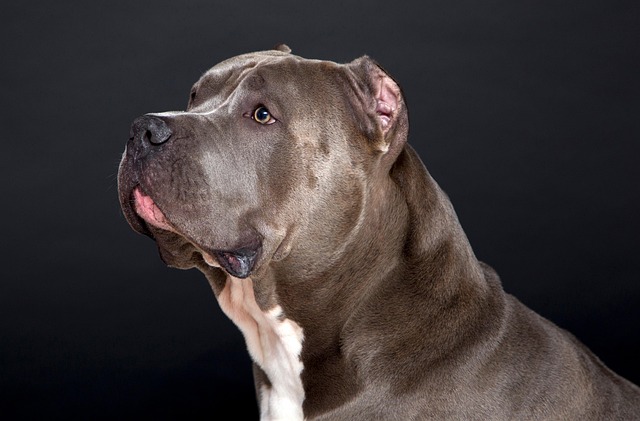 You also need to be careful with what kind of vinegar you use. Avoid anything with added sugars or flavors, like apple cider vinegar with honey—those can attract bugs or even make your dog sick if they lick too much. White distilled vinegar is the safest bet because it’s plain and effective. And never spray it directly on your dog or on plants you care about; vinegar is acidic and can burn their paws or kill grass and flowers. Stick to hard surfaces like concrete or areas of the yard you don’t mind protecting, and always test a small spot first to make sure it doesn’t stain.
You also need to be careful with what kind of vinegar you use. Avoid anything with added sugars or flavors, like apple cider vinegar with honey—those can attract bugs or even make your dog sick if they lick too much. White distilled vinegar is the safest bet because it’s plain and effective. And never spray it directly on your dog or on plants you care about; vinegar is acidic and can burn their paws or kill grass and flowers. Stick to hard surfaces like concrete or areas of the yard you don’t mind protecting, and always test a small spot first to make sure it doesn’t stain.
Remember, every dog is different—some might avoid the vinegar scent for weeks, while others might get used to it faster if they’re particularly stubborn. If you’re dealing with a persistent issue, check if there’s an underlying reason, like anxiety or a lack of regular potty breaks. Also, keep an eye on local laws: in some European countries, like Germany, dogs must be on a leash in most public spaces, and you’re required to carry poop bags at all times. Following these rules not only keeps you compliant but also helps keep neighborhoods clean, which makes everyone happier—including your dog.
Vinegar can be a helpful tool to stop your dog from pooping in the same spot, but it’s not a permanent fix. With consistent reapplication, positive training, and following local pet laws, you’ll likely see results within a couple of weeks. The goal is to help your dog understand where they should go, not just where they can’t. Over time, as they learn the routine, you’ll need to use vinegar less and less, and you’ll both enjoy a cleaner, more peaceful yard.

Many dog owners notice clumps of fur on couches or floors and wonder if their pet’s diet is to blame—turns out, that hunch is often right.
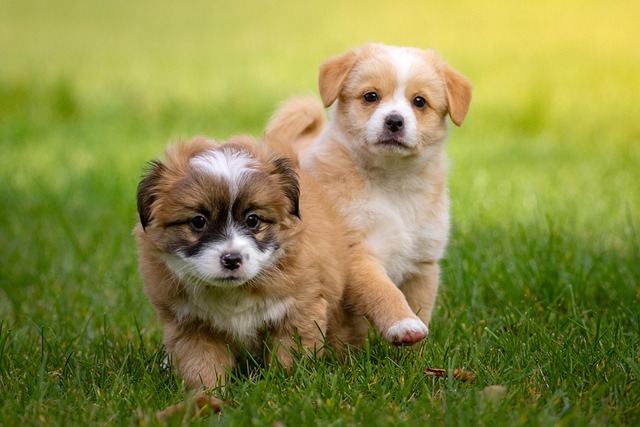
Many dog owners notice clumps of fur on couches or clothes and wonder how to ease the mess—diet often plays a bigger role than you might think.
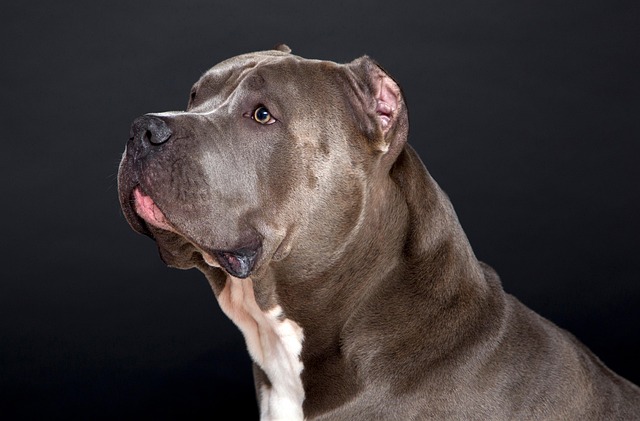
Many dog owners have stared at that one patch of grass in the backyard where their pup keeps returning to do their business, and vinegar often pops up as a go-to solution.
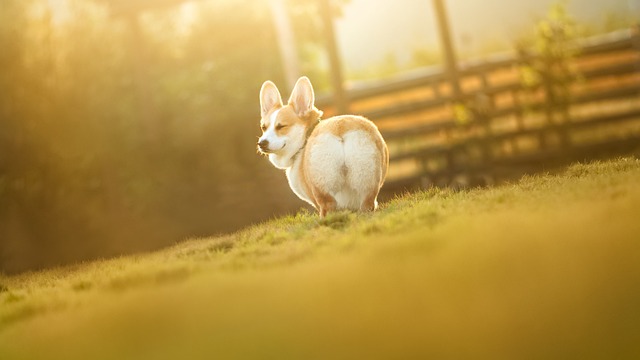
That moment you run your hand over your dog's back and feel dry, flaky skin or notice their coat has lost its shine is your cue that their diet might need a closer look.
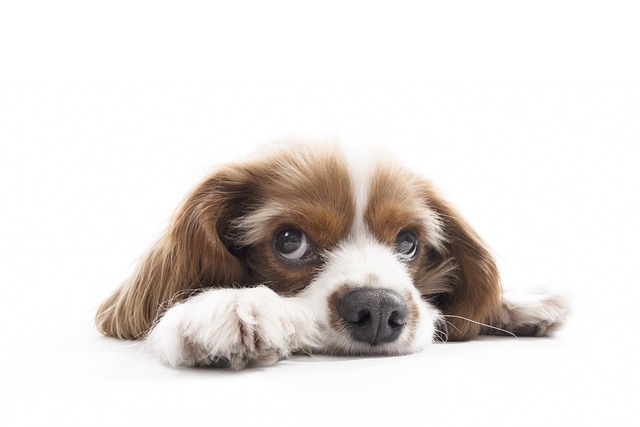
You’ve probably stood in your backyard, watching your pup sniff every patch of grass like it’s on a top-secret mission, only to finally go in the one spot you just cleaned.
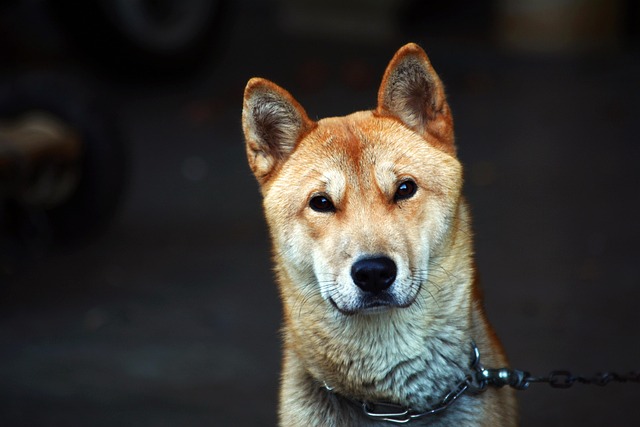
If you’ve ever watched your dog circle, sniff, and pause before finally doing their business, you might have wondered what’s going through their head.